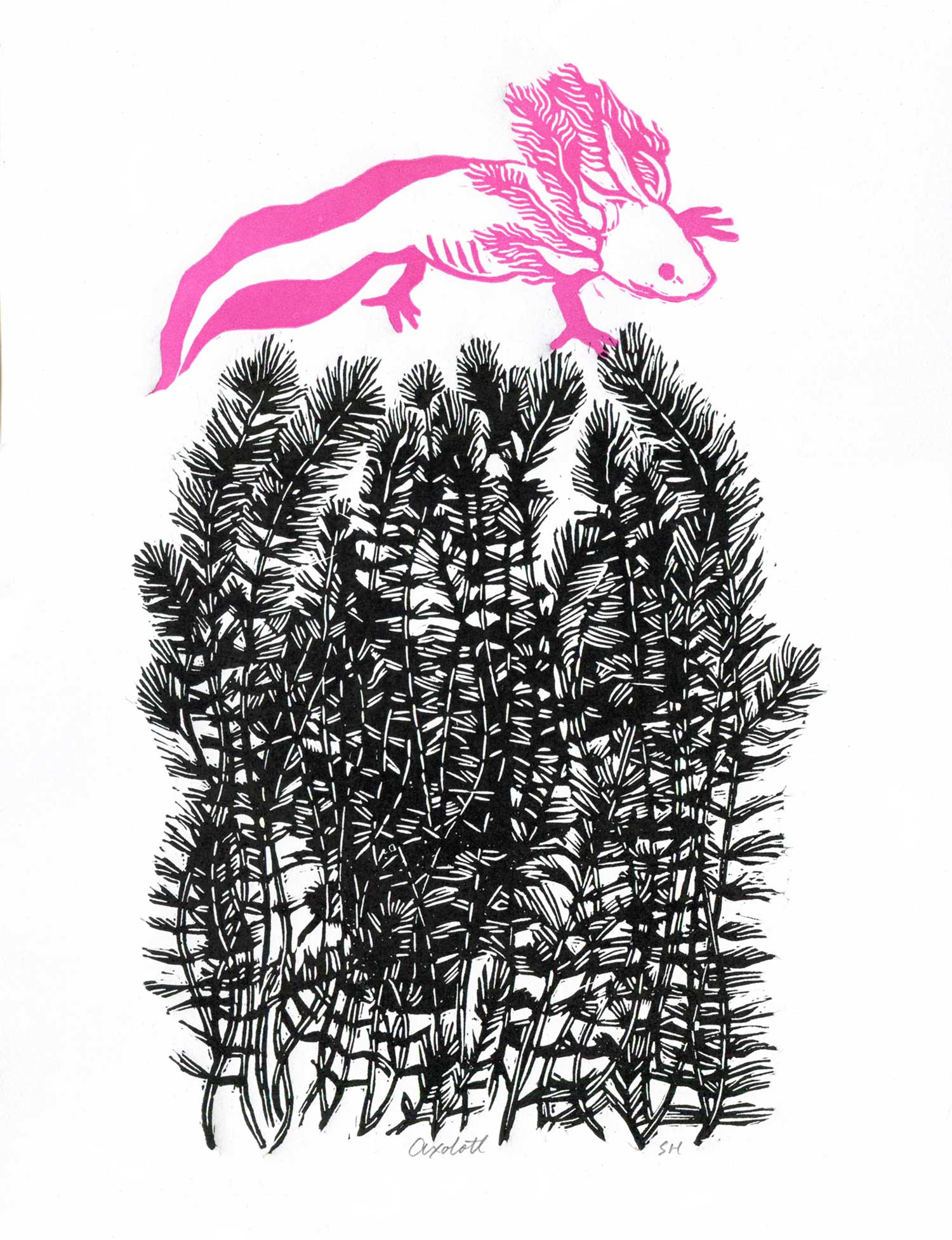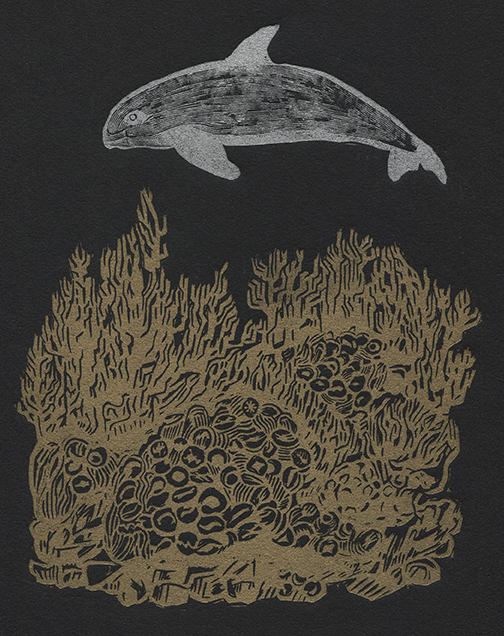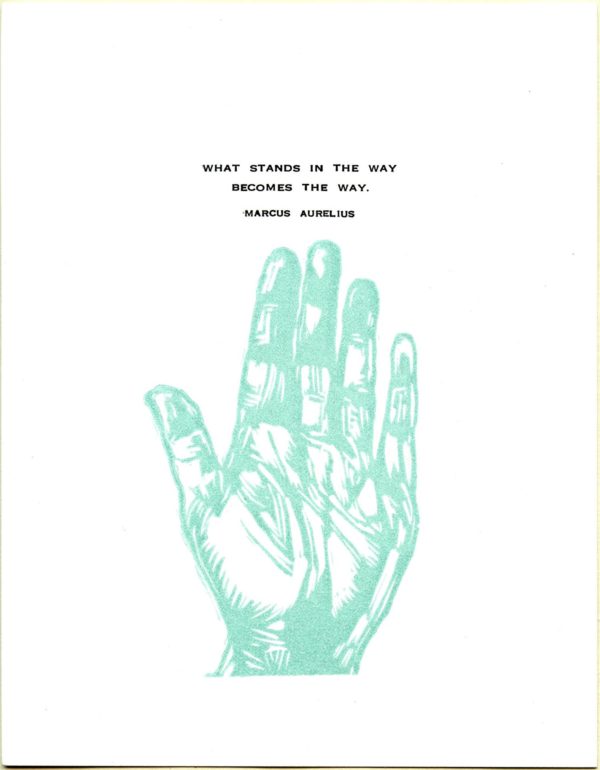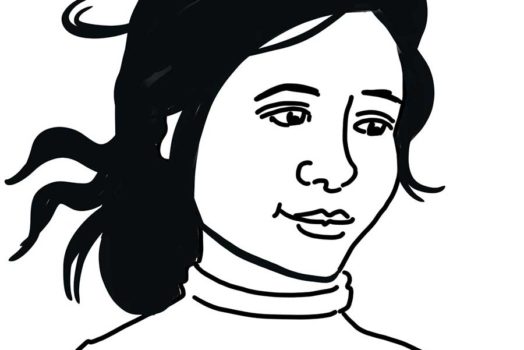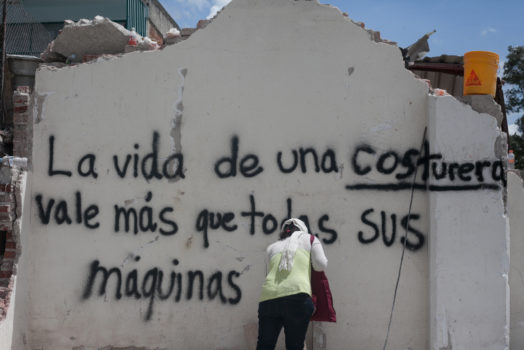The axolotl is a magical amphibian endemic to the canals and lakes in the south east of the sprawling megalopolis of Mexico City. The Ambystoma mexicanum (axolotl comes from the Nahuatl language), lives its entire life in the water, never transforming itself to a land-dweller like its cousins the salamander. It is a revered animal in Mexican culture: found among the ancient gods as well as on the latest 50 peso bill. It is also popular among scientists who study the axolotl's regenerative abilities.
Unfortunately, the axolotl's numbers have been on a steady decline. Suffering from the urbanization, pollution, and introduction of invasive fish species in its ancient endemic waterways, it is unlikely that there are any wild axolotls left in its natural habitat. It is, however, bred in captivity and is a popular pet.
One nugget from Wikipedia: "Axolotls locate food by smell, and will "snap" at any potential meal, sucking the food into their stomachs with vacuum force.[23]"
This is the second of a series of threatened and endangered animals from Mexico.
//
El ajolote es un anfibio mágico endémico de los canales y lagos en el sureste de la megalópolis de la Ciudad de México. El Ambystoma mexicanum, (axolotl proviene del idioma indígena náhuatl), vive toda su vida en el agua, sin transformarse nunca en un habitante de la tierra como sus primas la salamandra. Es un animal venerado en la cultura mexicana: se encuentra entre los dioses antiguos y también en el billete de 50 pesos. También es popular entre los científicos que estudian las habilidades regenerativas del ajolote.
Desafortunadamente, el número de ajolotes ha disminuido constantemente. Debido a la urbanización, la contaminación y la introducción de especies de peces invasoras en sus antiguas vías fluviales endémicas, es poco probable que queden ajolotes salvajes en su hábitat natural. Sin embargo, se cría en cautiverio y es una mascota popular.
De Wikipedia: "Los ajolotes localizan la comida por el olfato, y se "golpean" con cualquier comida potencial, succionando la comida hacia sus estómagos con la fuerza de una aspiradora. [23]".
Este es el segundo de una serie de animales en peligro de extinción de México.
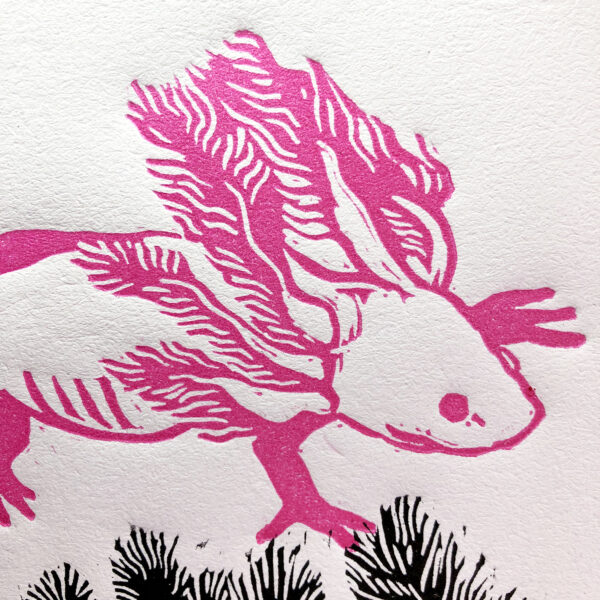
A detail of the print showing the axolotl’s head, including the large crown of feathery, external gills on each side of the head, which provide the axolotl with oxygen and its signature look.
